Dobrovoljačka St. massacre anniversary marked
The wreath-laying ceremony was held in Sarajevo where Muslim forces attacked a convoy killing 42 soldiers and officers, wounding scores and capturing over 200.
Friday, 03.05.2013.
15:57

SARAJEVO The wreath-laying ceremony was held in Sarajevo where Muslim forces attacked a convoy killing 42 soldiers and officers, wounding scores and capturing over 200. The commemoration ceremony, which saw a strong police presence, was attended by representatives of the subcommittee of the Serb Republic (RS) government tasked with marking of significant dates. Dobrovoljacka St. massacre anniversary marked Former members of the Bosnian Muslim (Bosniak) paramilitary forces, the Green Berets, and representatives of the authorities in Bosnia-Herzegovina also gathered, on the other side of the Miljacka River, to place wreaths for the citizens of Sarajevo who lost their lives. No incidents were reported. The Serb entity's Minister of Labor and Veterans' Affairs Petar Djokic noted that on May 2 and 3, 1992, JNA members were killed in Dobrovoljacka Street despite the fact that an agreement had been reached on their peaceful withdrawal from the town. According to Djokic, JNA members were attacked in several locations in Sarajevo, and a majority of them, 32 soldiers, were Serbs. Other victims included six Croats, two Muslims and two ethnic Albanians. Those captured were held in camps in Sarajevo for months. “I am sad that we cannot pass freely through Sarajevo, without such police protection. It would be good for Sarajevo to finally face this crime after 21 years,” Djokic said. As the RS delegation was laying wreaths, around ten former members of the Green Berets gathered on the other side of the Miljacka River near the Drvenija Bridge carrying their flags depicting lilies. They claim that "the international community made it clear that there had no crime was committed in Dobrovoljacka Street." Head of a local organization gathering the unit's former members, Vahid Alic, said that May 2 and 3, 1991 were "most important for the survival of Bosnia-Herzegovina." "The JNA placed weapons above the city much before the Dobrovoljacka events, and in early May the plan was to capture Alija Izetbegovic and the presidency building. That would have conquered this people and Bosnia-Herzegovina would not exist. Also, another thing that should be remembered are the provocations of various reservists who threatened to demolish buildings and the like. All that preceded the events of May 2 and 3," he said. The May 3 attack took place at the beginning of the war in Bosnia, that would not end until 1995. Members of the Muslim-dominated Army of Bosnia-Herzegovina attacked the convoy with the goal of capturing soldiers to be exchanged for Izetbegovic, who was detained the previous day at the airport after the fighting that day. Izetbegovic was taken to the JNA barracks in Lukavica in order to negotiate a safe passage for the soldiers, officers, and civilians employed by the military at the Second Army Area command, and other barracks in Sarajevo that were under siege of the Muslim forces. The negotiations were held by the Second Army Area commander Gen. Milutin Kukanjac, UN peacekeeper's commander Gen. Lewis McKenzie, Bosnia-Herzegovina Presidency member Ejup Ganic, while Izetbegovic himself, who was president of the then Yugoslav Republic of Bosnia-Herzegovina Presidency, guaranteed that the personnel could leave the town safely. Once the agreement was reached, the JNA convoy moved out of the command HQ in the Bistrik neighborhood, headed by an APC carrying Izetbegovic, McKenzie, and Kukanjac. But the convoy traveled only a kilometer when the APC left Dobrovoljacka St. and some 20 members od the Territorial Defense blocked the vehicle, cutting off the rest of the convoy, which then came under fire from nearby homes, from a distance of some 50 meters. According to accounts of the massacre, the JNA members - mostly young recruits - sat helplessly in their vehicles and on the trucks, while the survivors testified about the brutality of the killings. They said the attackers pulled some unarmed soldiers, officers and civilians out of the vehicles, where they humiliated, wounded and killed them. In his book "Peacekeeper: The road to Sarajevo", Gen. McKenzie described what he saw: "I could see the Territorial Defense soldiers push the rifles through the windows of civilians cars, which were part of the convoy, and shoot (...) I saw blood flow down the windshields. It was definitely the worst day of my life." Nobody has been brought to justice for this crime. In January 2012, the Bosnia-Herzegovina Prosecution halted an investigation against 14 suspects, including Jovan Divjak and Ejup Ganic, stating that their actions "bore no hallmarks of a crime." The prosecution also said that the investigation would continue "until the perpetrators have been found for the killing of seven and wounding of 14 persons." But the RS police records show that 42 members of the JNA and civilians were killed on the day, five officers among them, while 73 people were injured, and 215 taken prisoner. A May 3, 1992 photo of the aftermath of the attack (Tanjug) Beta Tanjug
Dobrovoljačka St. massacre anniversary marked
Former members of the Bosnian Muslim (Bosniak) paramilitary forces, the Green Berets, and representatives of the authorities in Bosnia-Herzegovina also gathered, on the other side of the Miljacka River, to place wreaths for the citizens of Sarajevo who lost their lives. No incidents were reported.The Serb entity's Minister of Labor and Veterans' Affairs Petar Đokić noted that on May 2 and 3, 1992, JNA members were killed in Dobrovoljačka Street despite the fact that an agreement had been reached on their peaceful withdrawal from the town.
According to Đokić, JNA members were attacked in several locations in Sarajevo, and a majority of them, 32 soldiers, were Serbs. Other victims included six Croats, two Muslims and two ethnic Albanians. Those captured were held in camps in Sarajevo for months.
“I am sad that we cannot pass freely through Sarajevo, without such police protection. It would be good for Sarajevo to finally face this crime after 21 years,” Đokić said.
As the RS delegation was laying wreaths, around ten former members of the Green Berets gathered on the other side of the Miljacka River near the Drvenija Bridge carrying their flags depicting lilies.
They claim that "the international community made it clear that there had no crime was committed in Dobrovoljačka Street."
Head of a local organization gathering the unit's former members, Vahid Alić, said that May 2 and 3, 1991 were "most important for the survival of Bosnia-Herzegovina."
"The JNA placed weapons above the city much before the Dobrovoljačka events, and in early May the plan was to capture Alija Izetbegović and the presidency building. That would have conquered this people and Bosnia-Herzegovina would not exist. Also, another thing that should be remembered are the provocations of various reservists who threatened to demolish buildings and the like. All that preceded the events of May 2 and 3," he said.
The May 3 attack took place at the beginning of the war in Bosnia, that would not end until 1995. Members of the Muslim-dominated Army of Bosnia-Herzegovina attacked the convoy with the goal of capturing soldiers to be exchanged for Izetbegović, who was detained the previous day at the airport after the fighting that day.
Izetbegović was taken to the JNA barracks in Lukavica in order to negotiate a safe passage for the soldiers, officers, and civilians employed by the military at the Second Army Area command, and other barracks in Sarajevo that were under siege of the Muslim forces.
The negotiations were held by the Second Army Area commander Gen. Milutin Kukanjac, UN peacekeeper's commander Gen. Lewis McKenzie, Bosnia-Herzegovina Presidency member Ejup Ganić, while Izetbegović himself, who was president of the then Yugoslav Republic of Bosnia-Herzegovina Presidency, guaranteed that the personnel could leave the town safely.
Once the agreement was reached, the JNA convoy moved out of the command HQ in the Bistrik neighborhood, headed by an APC carrying Izetbegović, McKenzie, and Kukanjac.
But the convoy traveled only a kilometer when the APC left Dobrovoljačka St. and some 20 members od the Territorial Defense blocked the vehicle, cutting off the rest of the convoy, which then came under fire from nearby homes, from a distance of some 50 meters.
According to accounts of the massacre, the JNA members - mostly young recruits - sat helplessly in their vehicles and on the trucks, while the survivors testified about the brutality of the killings. They said the attackers pulled some unarmed soldiers, officers and civilians out of the vehicles, where they humiliated, wounded and killed them.
In his book "Peacekeeper: The road to Sarajevo", Gen. McKenzie described what he saw:
"I could see the Territorial Defense soldiers push the rifles through the windows of civilians cars, which were part of the convoy, and shoot (...) I saw blood flow down the windshields. It was definitely the worst day of my life."
Nobody has been brought to justice for this crime. In January 2012, the Bosnia-Herzegovina Prosecution halted an investigation against 14 suspects, including Jovan Divjak and Ejup Ganić, stating that their actions "bore no hallmarks of a crime."
The prosecution also said that the investigation would continue "until the perpetrators have been found for the killing of seven and wounding of 14 persons."
But the RS police records show that 42 members of the JNA and civilians were killed on the day, five officers among them, while 73 people were injured, and 215 taken prisoner.



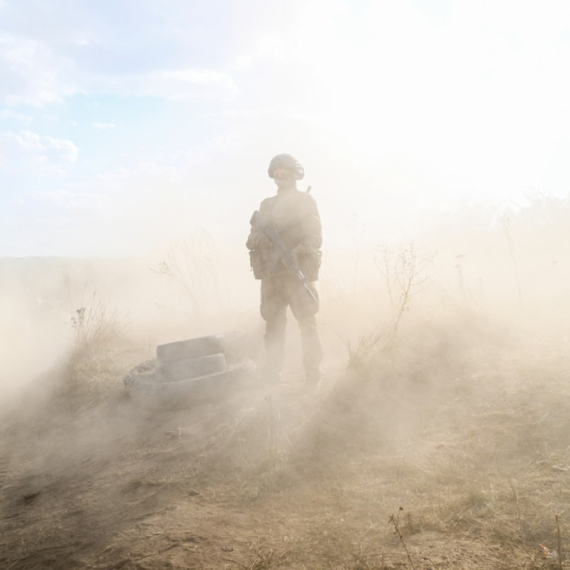
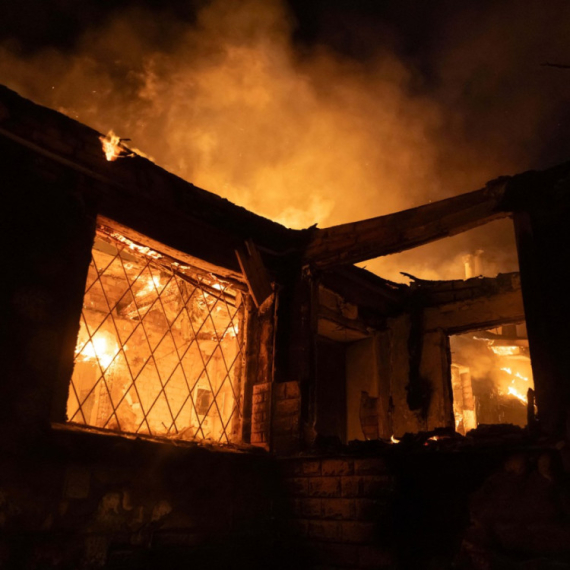
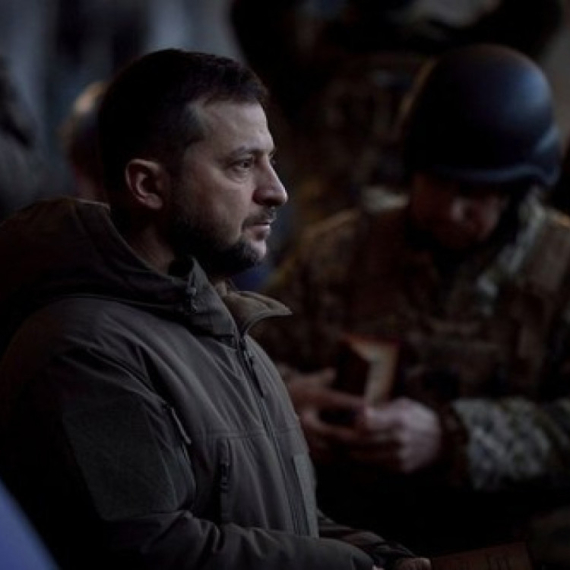
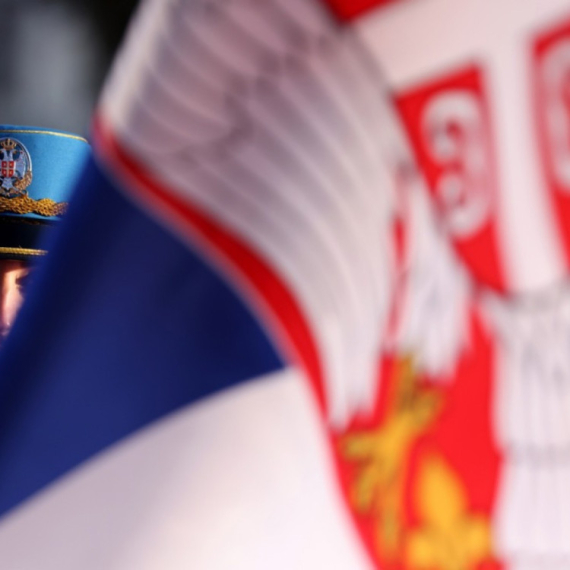




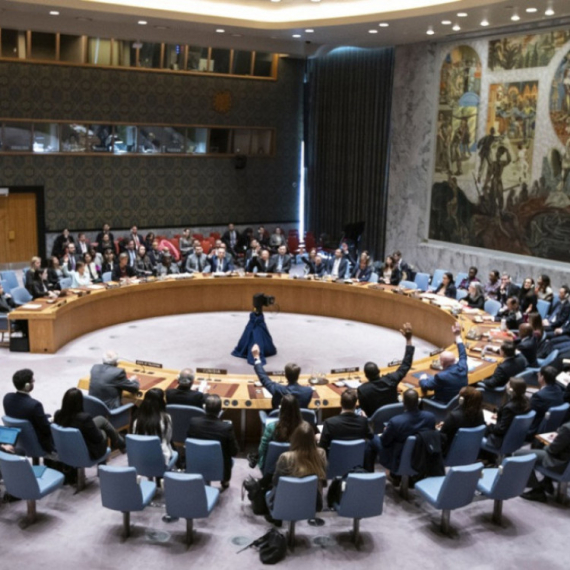
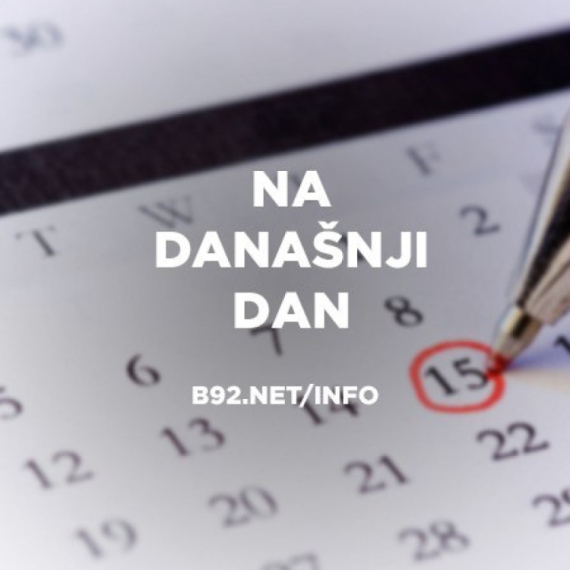
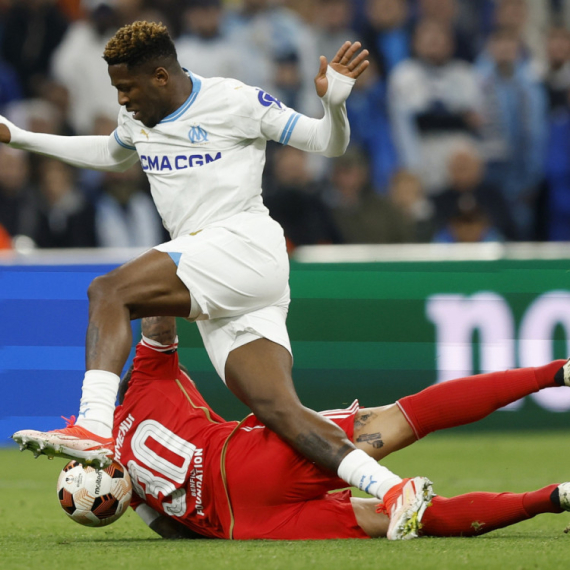
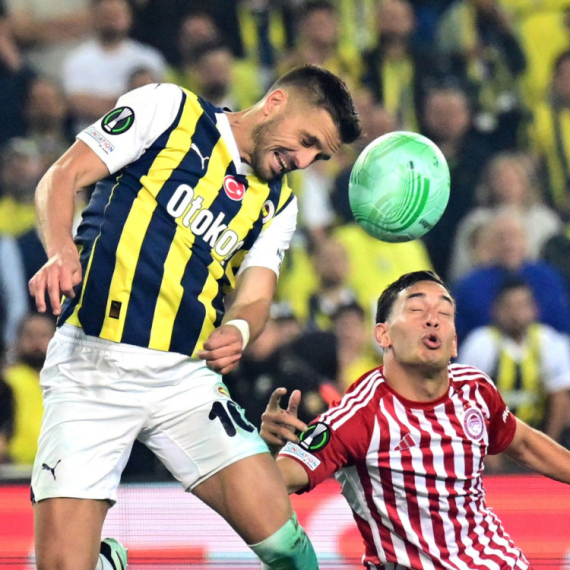





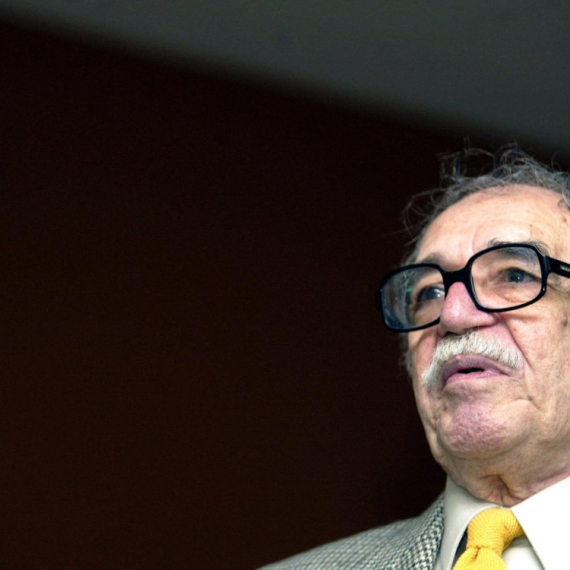



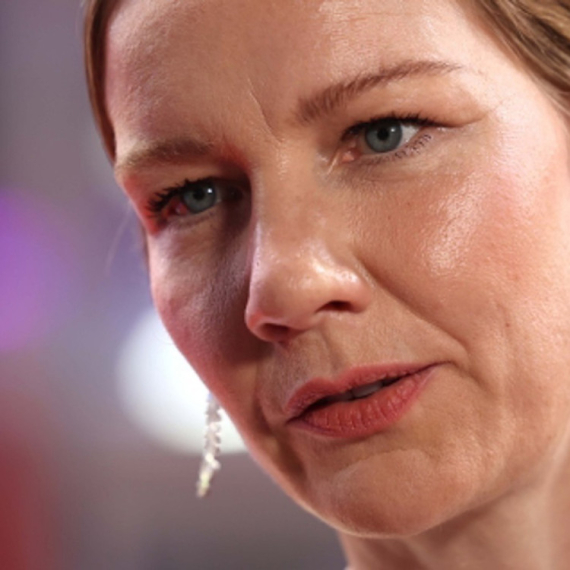
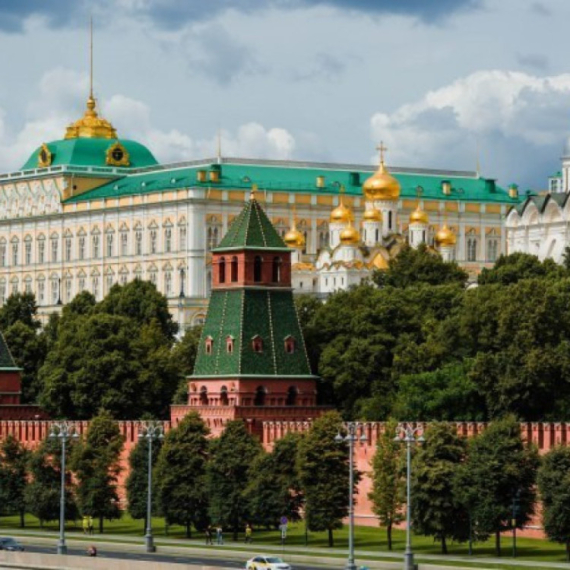
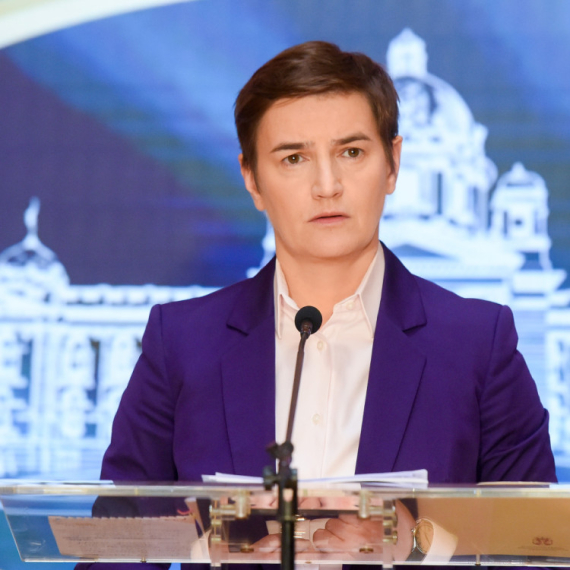
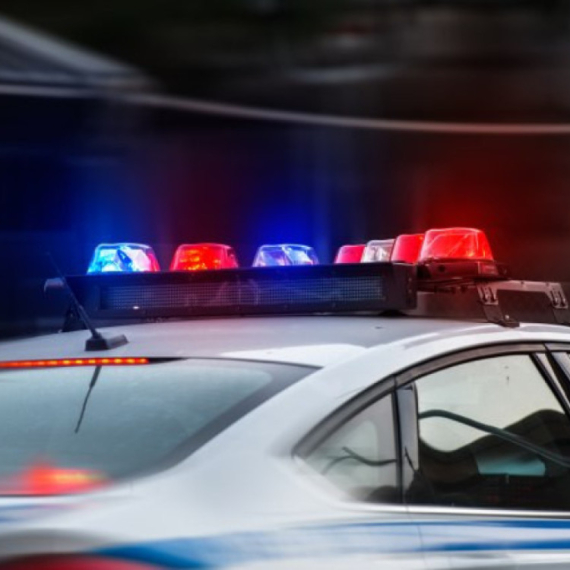
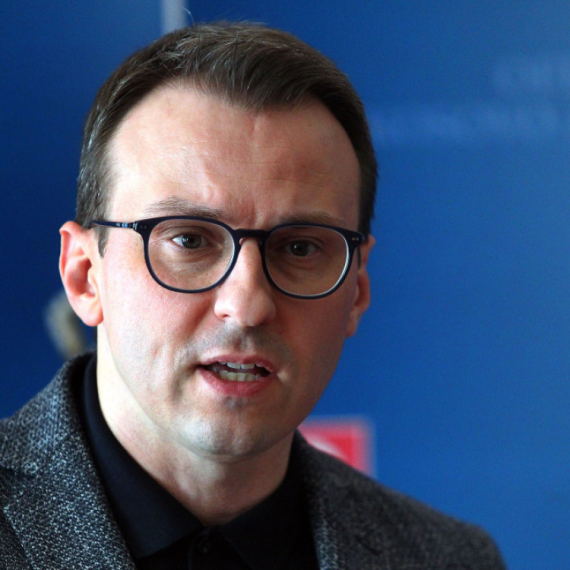
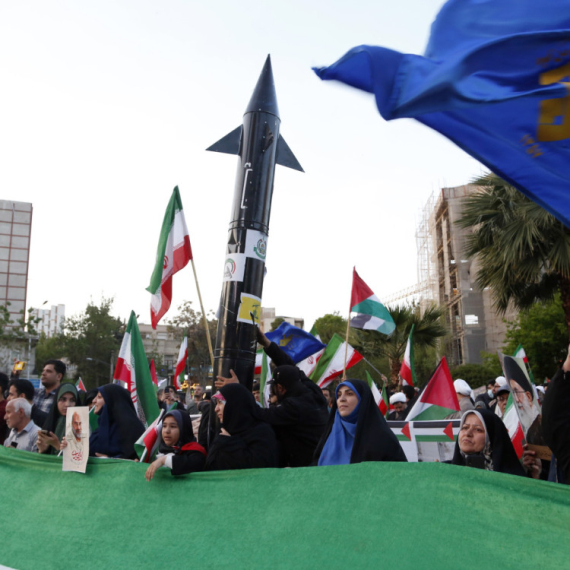

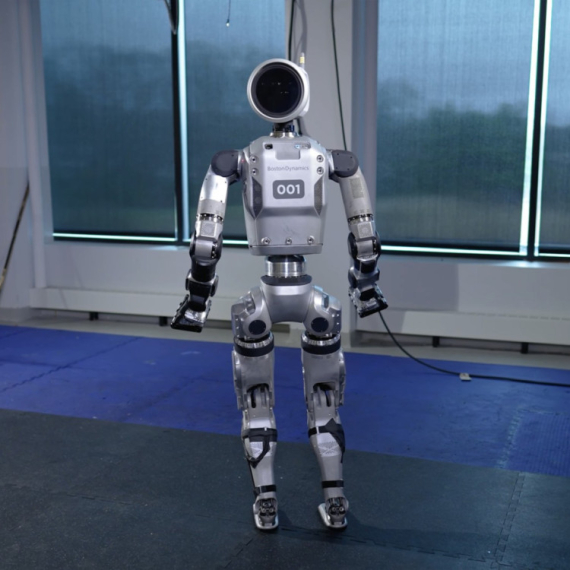

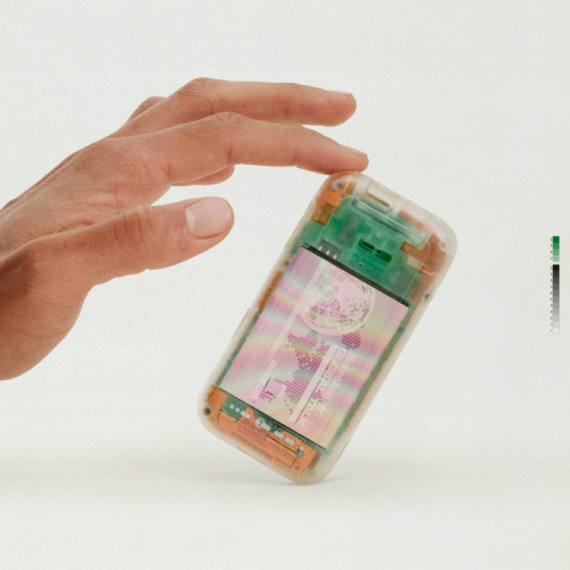
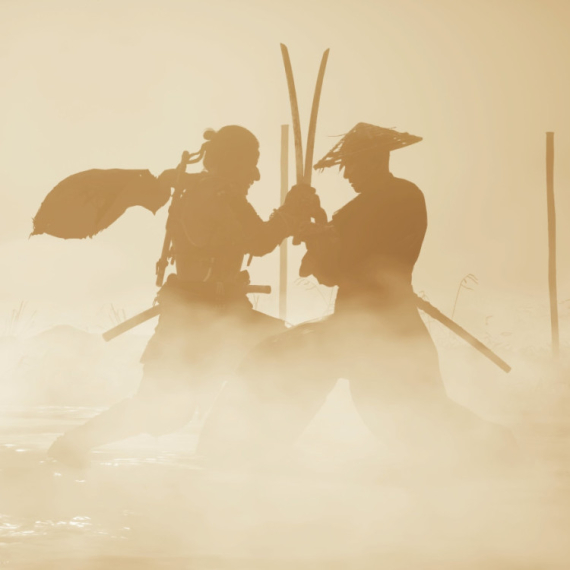



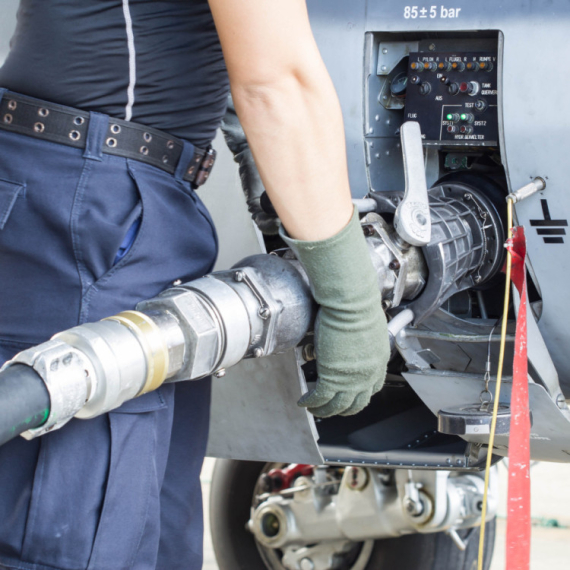
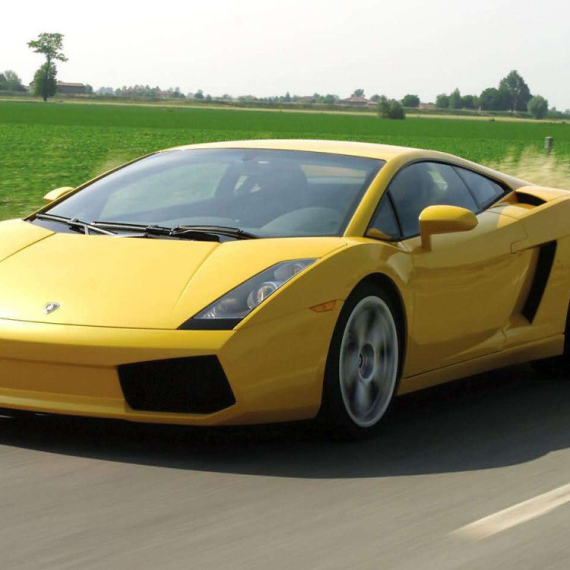
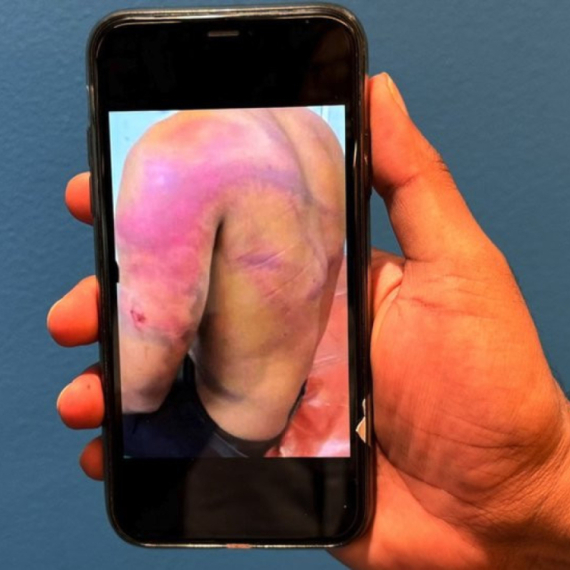
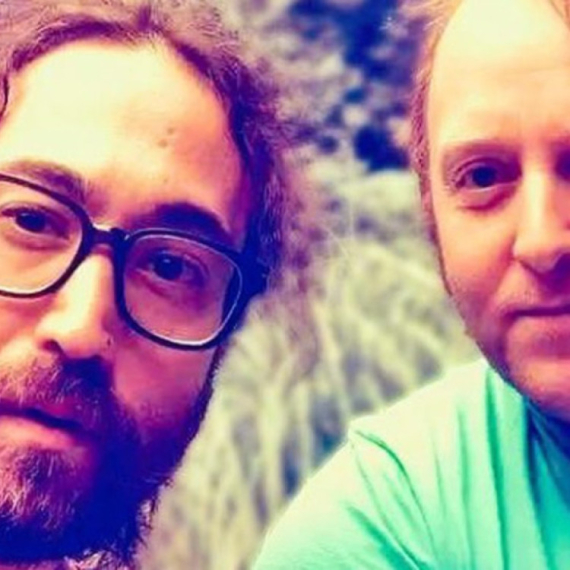
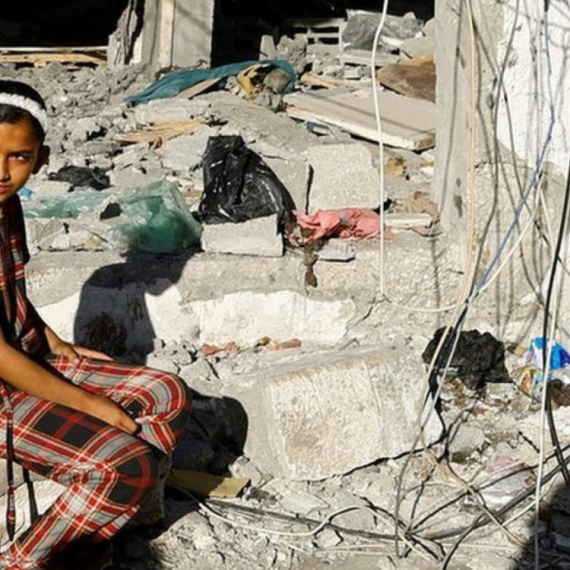
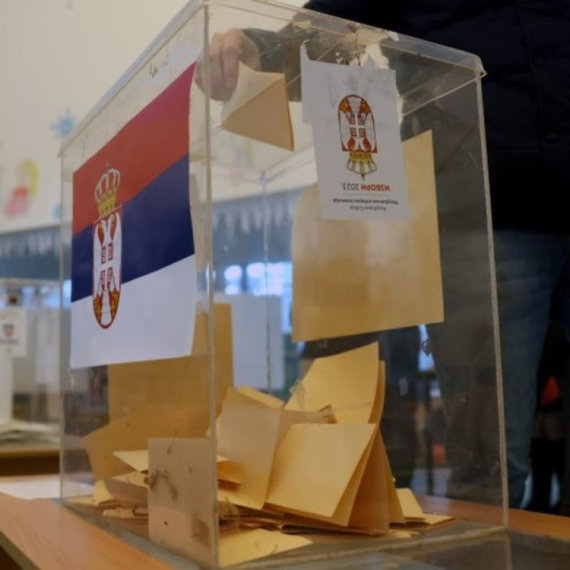
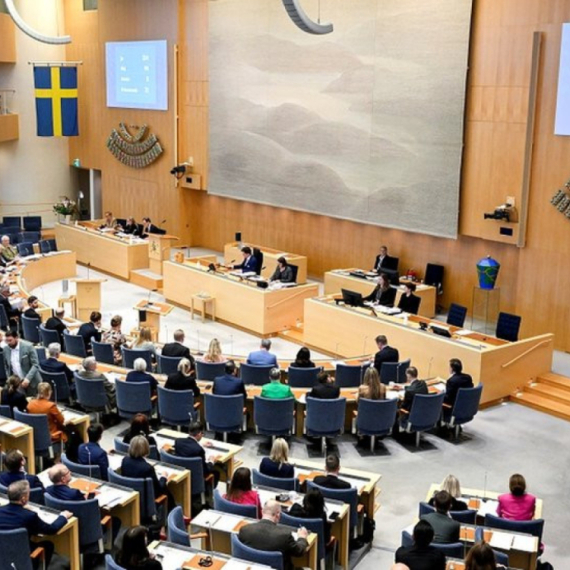

Komentari 14
Pogledaj komentare